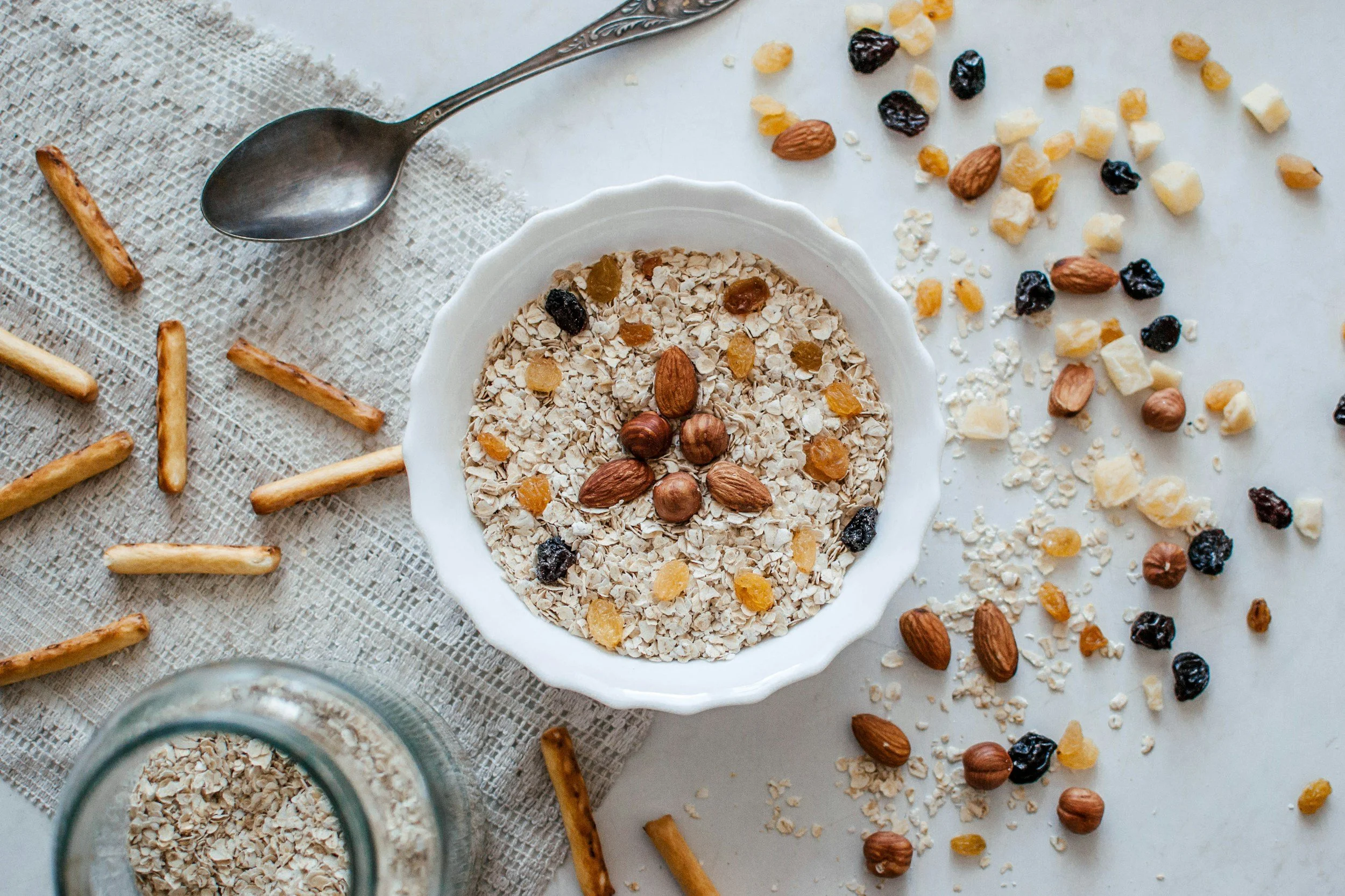Prebiotics 101
“Pre”biotics?
Yes! They’re the food that we feed our probiotics, the friendly gut microbes that are important for good health.
Our gut microbes are alive, and they need to eat too. Their favorite foods are called “prebiotics” and include dietary fiber and resistant starch. Yes, the same fiber that keeps us feeling full slows down digestion and provides roughage that keeps us regular. Resistant starch helps promote healthy blood lipids. Both of types of prebiotics (fiber and resistant starch) are linked with many health benefits.
Technically-speaking, a prebiotic has three qualities:
It needs to be undigested and reach the colon intact
It needs to be digested by our gut microbes
It needs to stimulate our health-promoting good gut microbes
Health benefits of prebiotics
Prebiotic fiber helps keep us regular by bulking up our poop. It gives it substance and form, so it’s not too runny or liquid. In fact, more fiber is often recommended to help with symptoms of diarrhea. Prebiotic fiber used to be thought of like a broom that sweeps food through our guts, but we’re learning more about its health benefits beyond this role. For example, prebiotics can also help to maintain normal bowel structure and function, and even enhance blood flow to the cells of the colon.
Those are some of the health benefits of prebiotics themselves. But we get even more health benefits when our friendly gut microbes eat and digest them. For one thing, our gut microbes use prebiotics to make short-chain fatty acids (SCFAs). These SCFAs (e.g., butyrate) can feed the cells of our colon to keep them healthy. SCFAs also inhibit the growth of bad gut microbes, and can even increase mineral (e.g., calcium and magnesium) absorption. These effects are all linked to the slight acidity caused by the acids in those SCFAs.
Dietary fiber also binds to healthful phytonutrients (phyto = plant). These phytonutrients are lost when the fiber is removed from the food. But, when we eat the prebiotic fiber, our gut microbes release these phytonutrients so we can absorb and use them.
Where to get prebiotics
Dietary fiber and resistant starch are the main sources of prebiotics. Prebiotic fiber is found mostly in plants; both fruits and vegetables.
Resistant starch is any starch (a type of carbohydrate) that goes through most of our digestive tract without being digested. It’s not broken down by our digestive enzymes because it’s “resistant” until it gets to our gut microbes in the colon. Resistant starch is found in starchy foods like whole grains and potatoes.
One of the big differences between fiber and resistant starch is that all of the fiber we eat is indigestible. All of it reaches our colons. Resistant starch, on the other hand, is just a small percent of the starch we eat. Most starch is digested and absorbed along our digestive tract, and that part is not considered to be prebiotic. Only the small amount of starch that is resistant to digestion and makes it down to the colon to feed our probiotics is prebiotic.
Prebiotic fiber is found in fibrous fruits and vegetables. It’s essentially what’s removed when we make juice - the pulp. It’s one of the reasons why eating whole fruits and vegetables is healthier than replacing them with juice.
Here are some great sources of dietary fiber:
Onions
Asparagus
Bananas
Berries
Pears
Resistant starch is found in:
Whole grains (e.g., oats)
Potatoes
Cornmeal
Seeds
Legumes
Green bananas
Starches can be made resistant by cooking and cooling these foods before eating them. The cooling process allows the starches to re-shape themselves into a structure that is harder to digest and more resistant.
Prebiotics are fiber and resistant starches that feed our gut microbes, and when we feed our gut microbes, they help keep our gut healthy and have other health benefits too.











